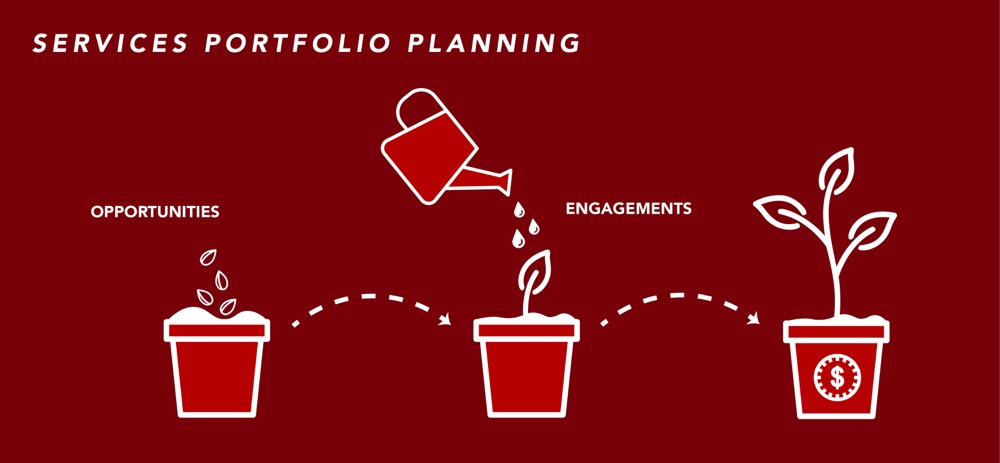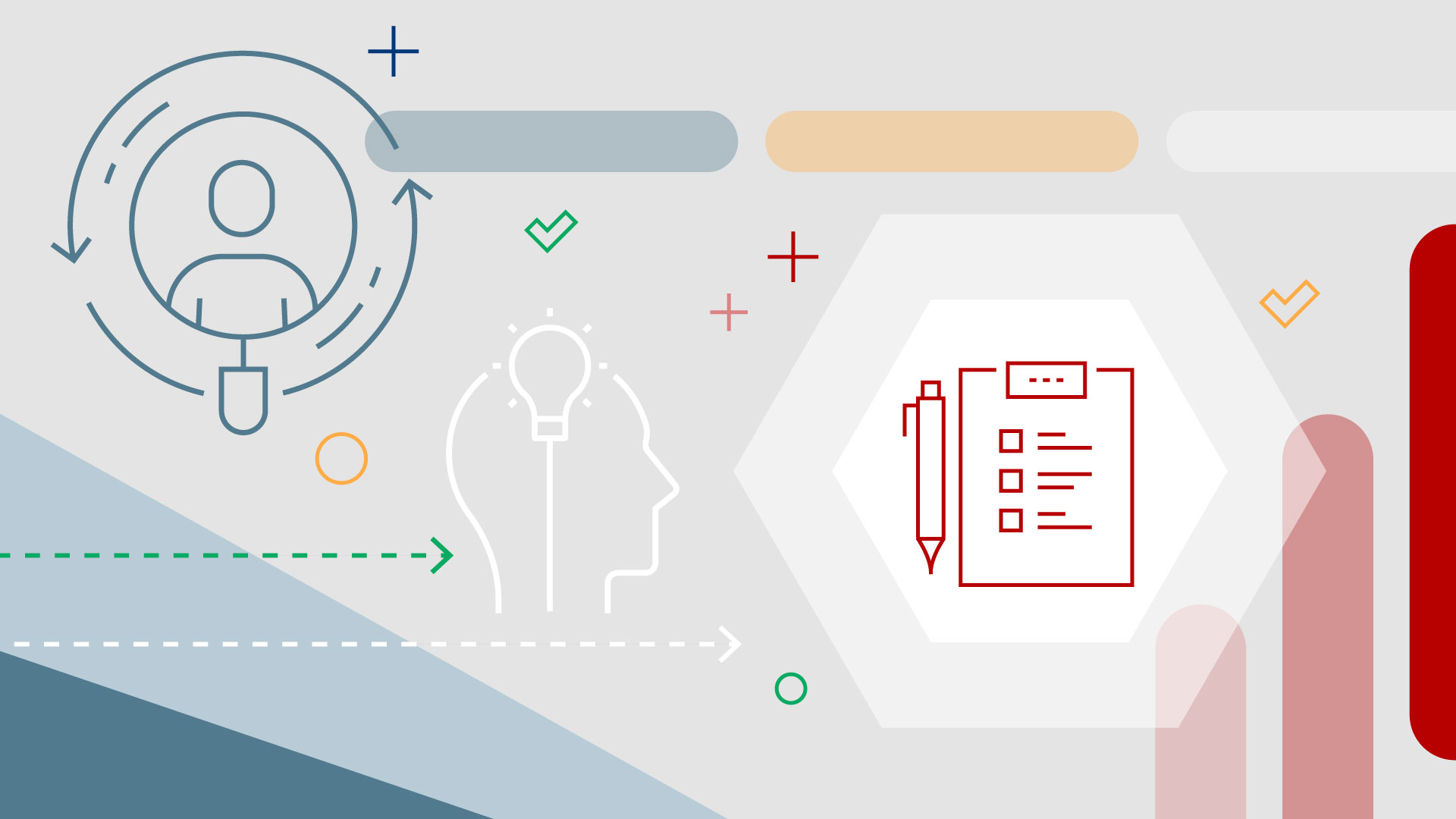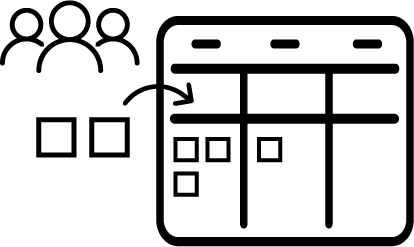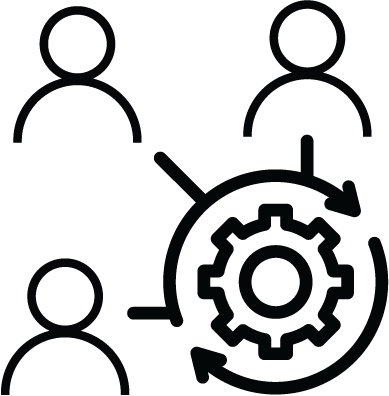Services Portfolio Planning
Services Portfolio Planning
Services portfolio planning enables organizations to optimize revenue and streamline the process of turning opportunities into engagements. By aligning projects to the business model, billing is tied to work items and schedules that create value, allowing for maximized profit and effective delivery.
Learn more
Capability resources

AdaptiveWork process flows
Review step-by-step guidance, process flows, and best practices for end users to achieve specific business outcomes.
Learn more


 Opportunity Management
Opportunity Management Engagement Management
Engagement Management Governance
Governance